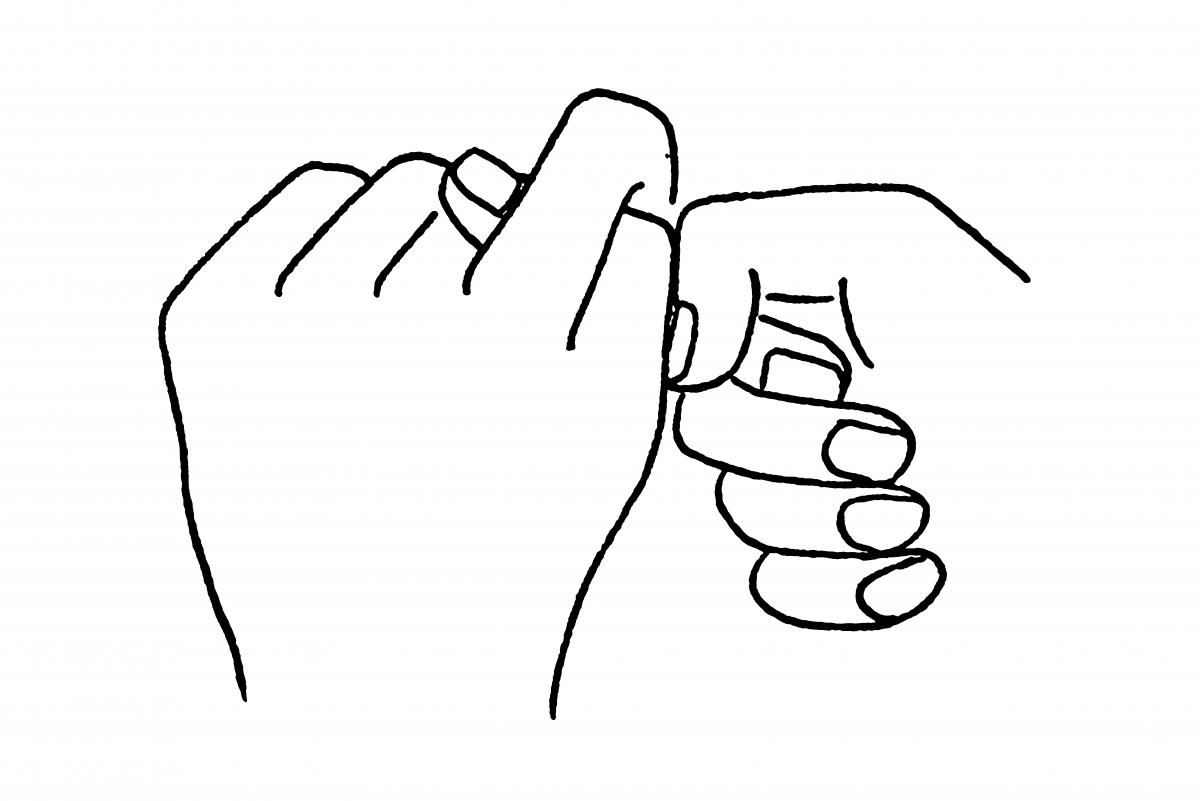Artystyczną kompetencję (rozumianą poprzez pryzmat awangardowej tradycji) ująć o tyle trudno, że nie jest ona bezpośrednio powiązana z umiejętnością tworzenia, malowania, rysowania czy rzeźbienia pięknych obiektów, potocznie uznawanych za specjalność i powołanie artystów. Ukształtowanie się kompetencji artystycznej jest raczej efektem ubocznym procesów prowadzących do podważenia tradycyjnych gmachów pojęciowych estetyki: dematerializacji dzieła sztuki, zaniku autora, zanegowania artystycznego rzemiosła, rozproszenia się publiczności (patrz: epoka postartystyczna). Pytaniem otwartym pozostaje, czym jest kompetencja artystyczna, jeżeli nie jest umiejętnością plastyczną. Z dużą dozą prawdopodobieństwa można założyć, że kompetencja artystyczna wiąże się ze zdolnością do myślenia niemożliwego, podważania społecznych konwencji czy wychodzenia poza granice wąsko rozumianego utylitaryzmu. Aktywizacja tak rozumianych kompetencji prowadzi do rozsadzania szczelin systemu, w którym każda dziedzina życia jest poddana biurokratycznej kontroli, presji rynku czy technologicznej racjonalności. W efekcie aktywizacji i użytkowania artystycznych kompetencji powstają tymczasowe nisze, w których życie społeczne działa wedle nieco odmiennych zasad. Emancypacyjny potencjał takich kompetencji można zrozumieć poprzez odniesienie do koncepcji estetycznych Fryderyka Schillera. Już w XVIII wieku głosił on, że estetyczna gra jest najbardziej ludzką spośród zdolności człowieka. Pod wpływem doświadczenia piękna człowiek próbuje wyrwać się spod presji konieczności, poszerza zakres wolności swojej i innych. Taka sztuka wzywa do zmiany świata wedle reguł estetycznej gry, a nie jedynie pozostaje w sferze odcieleśnionej kontemplacji.
ROBIĄC UŻYTEK. ŻYCIE W CZASACH POSTARTYSTYCZNYCH
SKŁADA SIĘ
Z WYSTAWY
ORAZ
PROGRAMU PUBLICZNEGO,
W KTÓRYCH BIERZE UDZIAŁ PONAD STU
UCZESTNIKÓW

